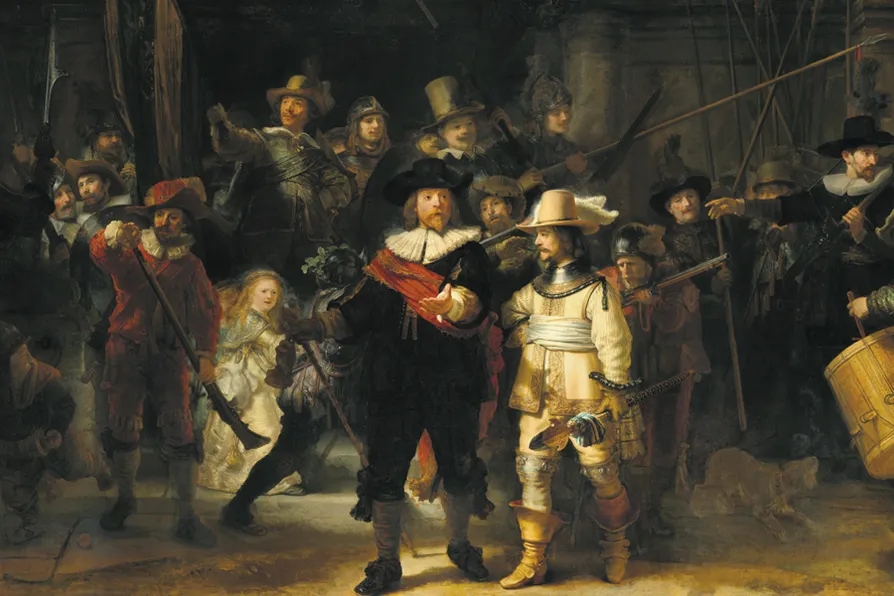JENNY MITCHELL, poetry co-editor for the Morning Star, introduces her priorities, and her first selection
The fall from grace of an artist for all time
Considered one of the greatest painters of his era and beyond, Rembrandt van Rijn died in poverty. DENNIS BROE explains why

 Nightwatch by Rembrandt van Rijn
Nightwatch by Rembrandt van Rijn
THIS year Rembrandt van Rijn is being feted throughout the Netherlands and throughout Europe in exhibitions marking the 350th anniversary of his death in 1669.
They celebrate not only his painting but also the ascendency of Dutch naval and trading power in the 17th century, with Amsterdam becoming the world’s largest port and Holland the empire that succeeded the Spanish and Portuguese.
Born in Leiden in 1606, Rembrandt became the most prominent — and one of the best paid — portrait painters of the Dutch merchant class that powered this empire.
Similar stories

MIKE QUILLE applauds an excellent example of cultural democracy: making artworks which are a relevant, integral part of working-class lives

NICK WRIGHT delicately unpicks the eloquent writings on art of an intellectual pessimist who wears his Marxism lightly

CAROLINE FOWLER explains how the slave trade helped establish the ‘golden age’ of Dutch painting and where to find its hidden traces











